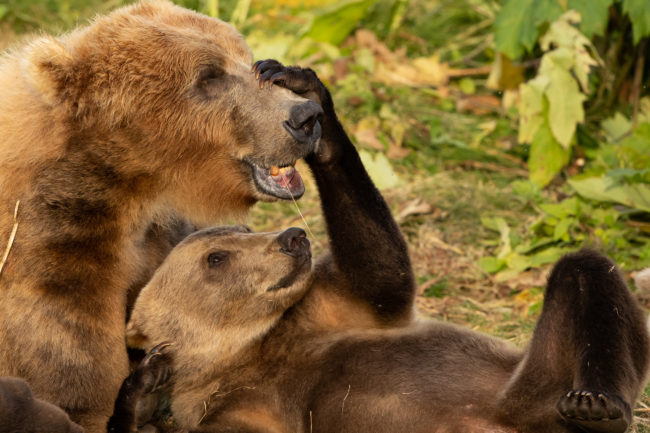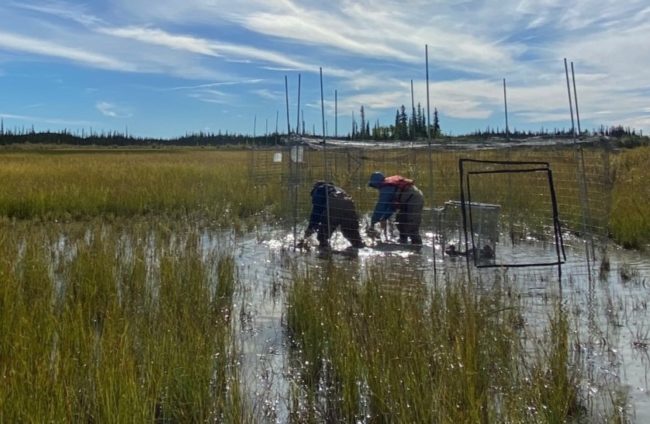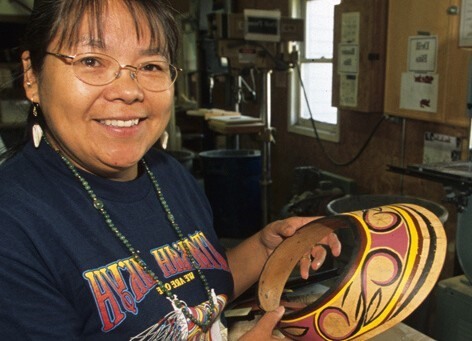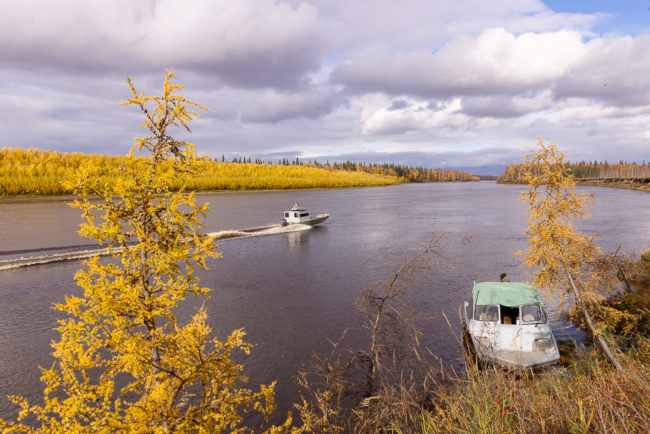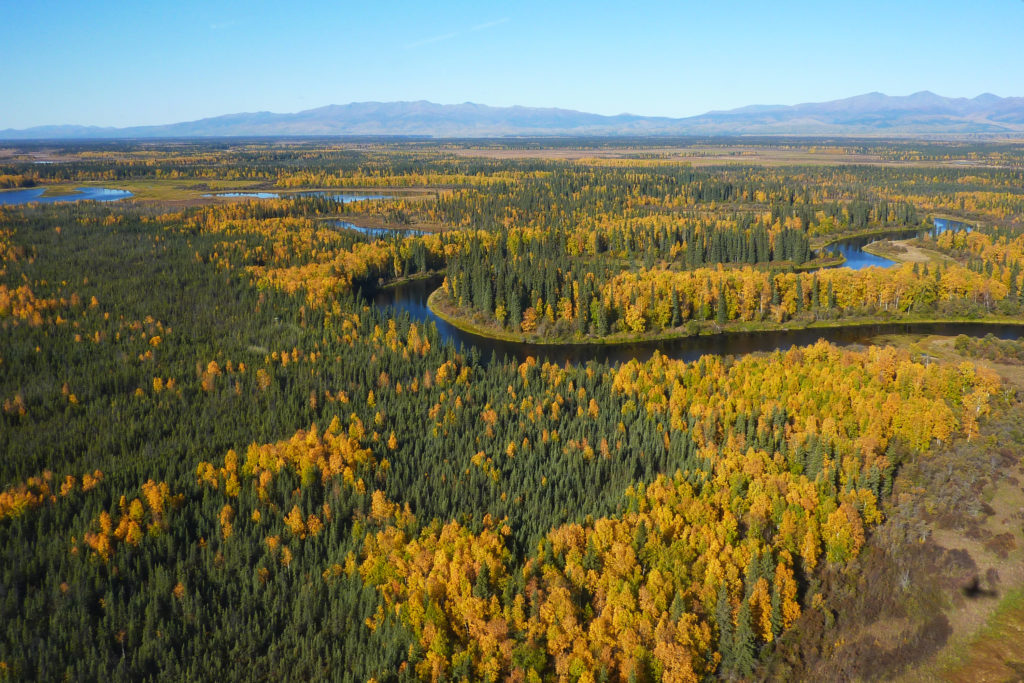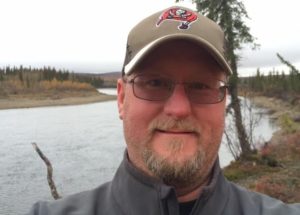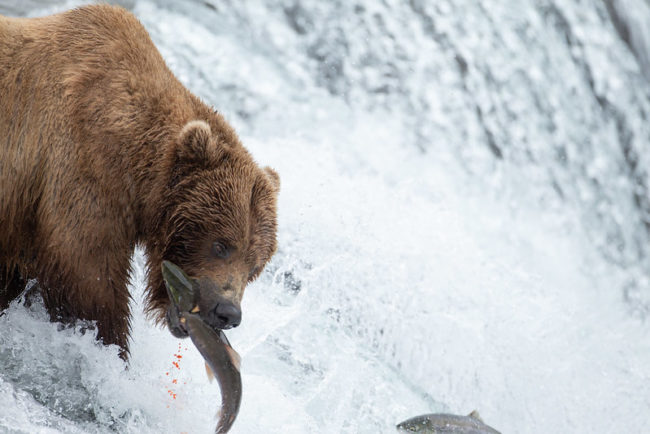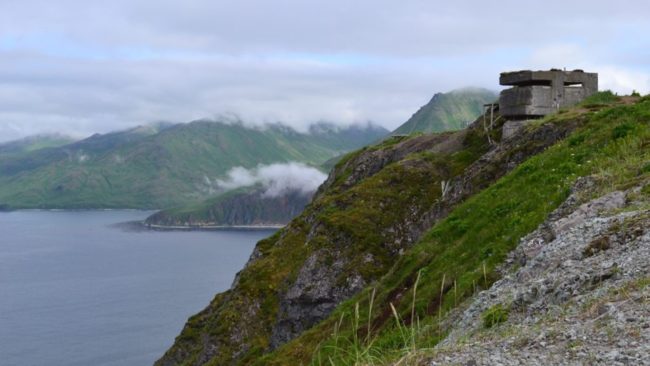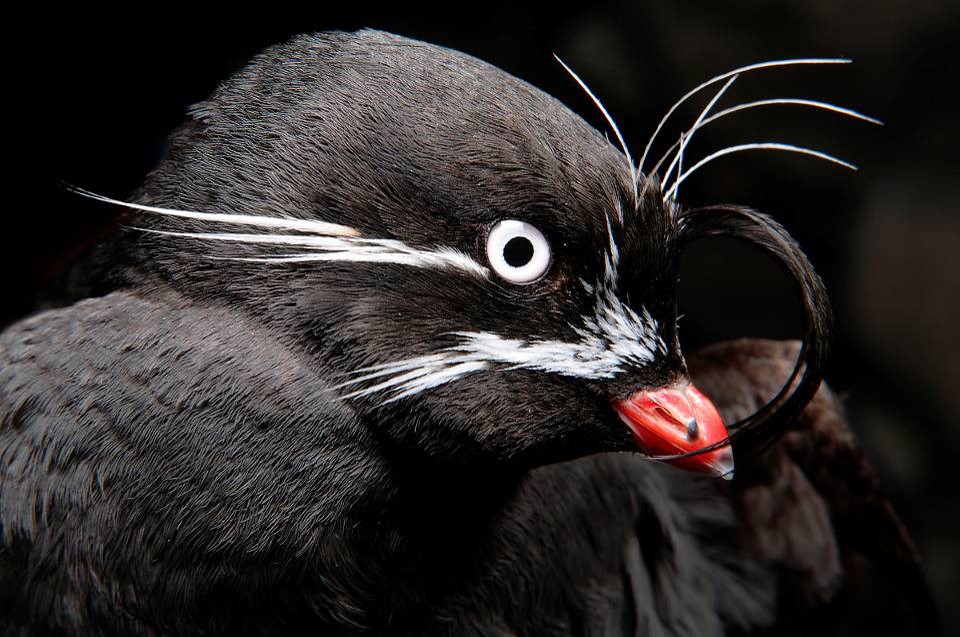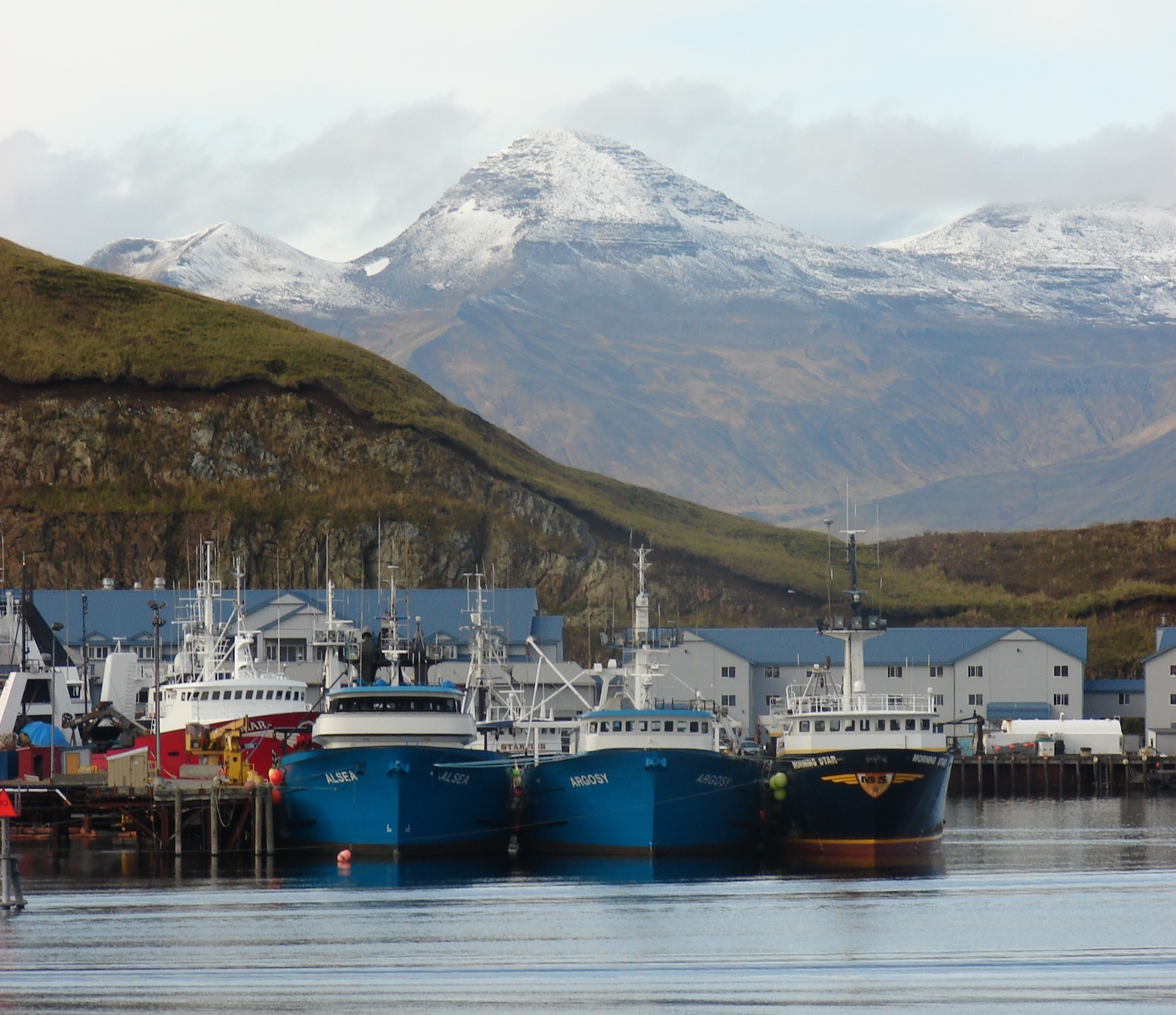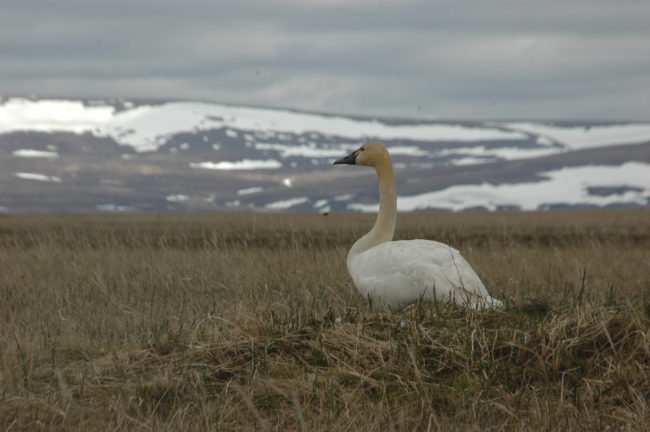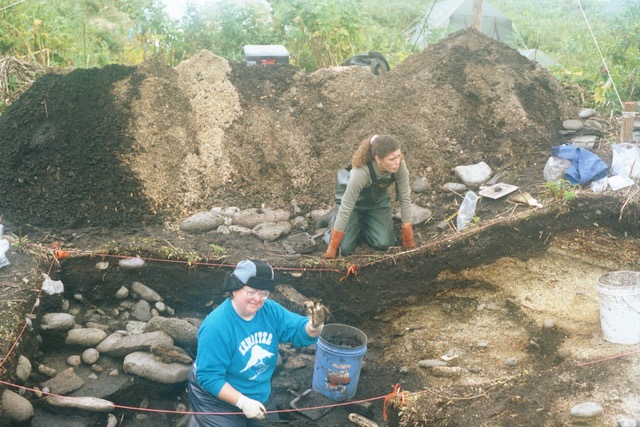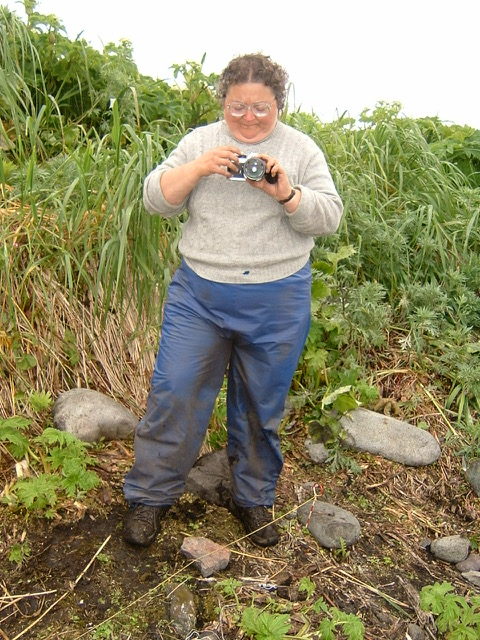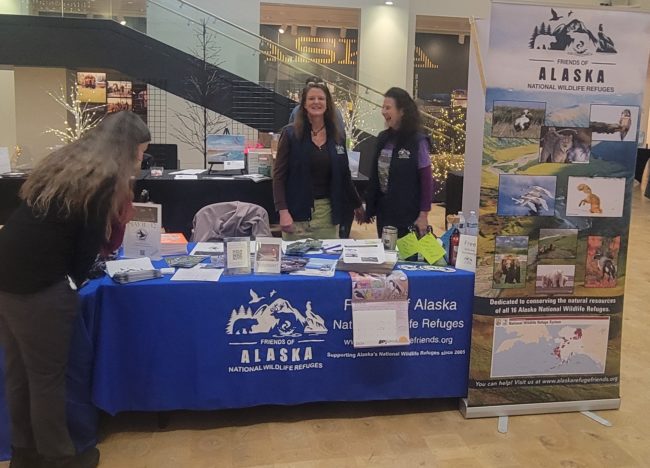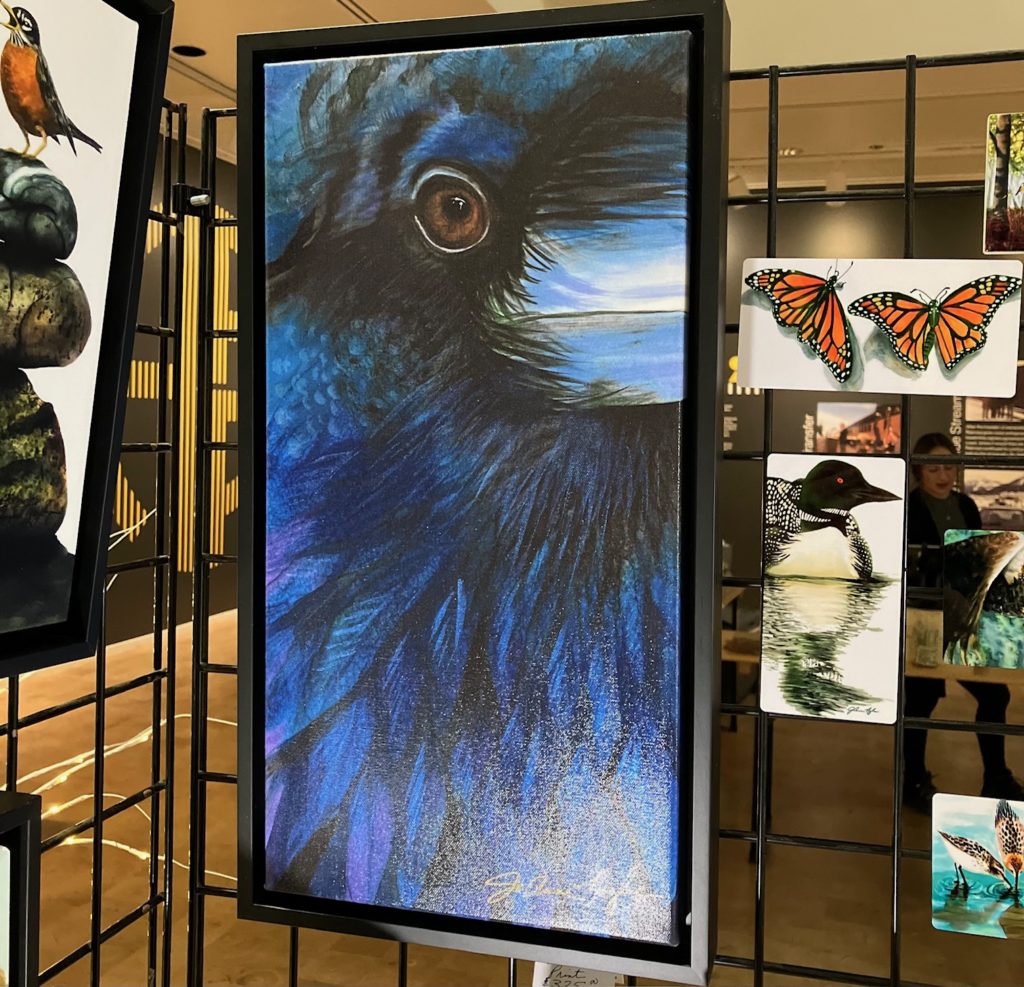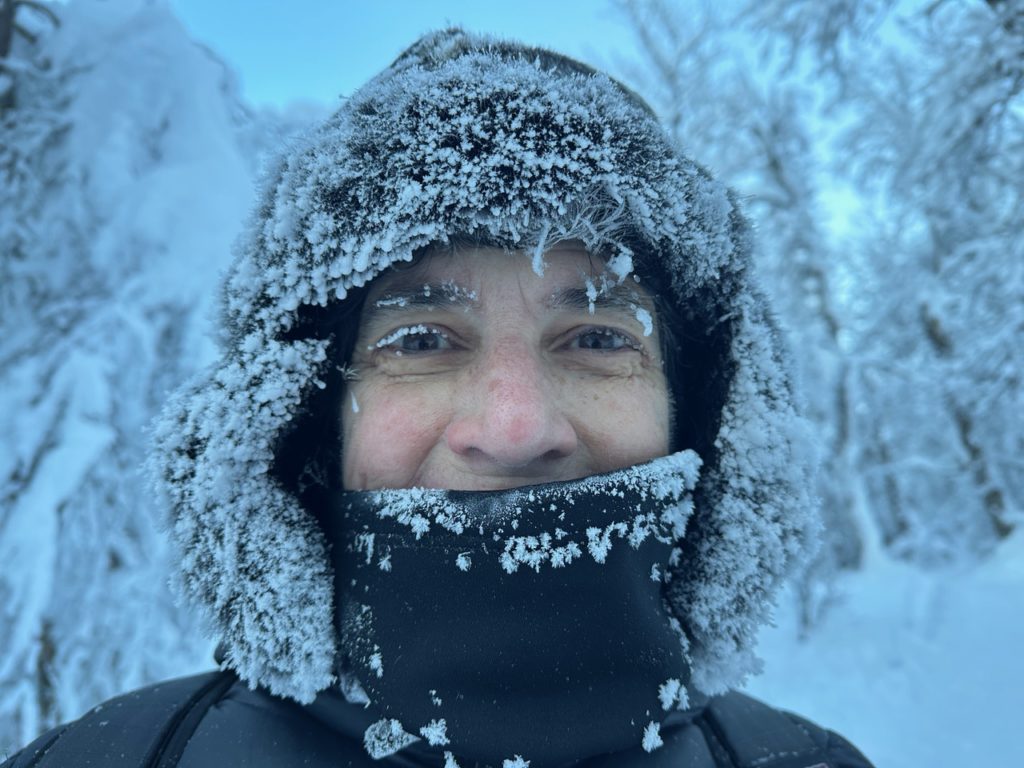The mission of Friends is to support the 16 national wildlife refuges, which of course includes advocating for the wildlife that make these refuges their home. We are extremely concerned by the current predator control actions of the State of Alaska on state lands, which directly impacts adjacent federal lands and the animals that live on and migrate through wildlife refuges.
Last year, the Alaska Board of Game expanded a plan for predator control in game units adjacent to Togiak and Yukon Delta national wildlife refuges to include wolves and both brown and black bears. The Mulchatna Intensive Management Operational Plan was developed in response to a very real problem: the collapse of the Mulchatna caribou herd. It should be noted that the decline of the Mulchatna herd has continued despite the killing of over 450 wolves for predator control. Biologists are clear that the cause of the caribou population collapse is much more complex than the predator-prey dynamic and in fact, studies suggest a stronger link to forage quality and quantity resulting in lower pregnancy rates and higher caribou calf mortality. These issues are compounded by higher incidence of brucellosis, causing higher abortions and stillbirth rates. Despite these facts, an expanded predator control plan was implemented in 2023 with a plan to kill an estimated 15-20 brown bears.
Sadly, in just the first year of the plan, 94 brown bears, including several year-old cubs and 11 younger still-nursing cubs, were killed. This represents an estimated 74% of the brown bear population in the plan area, and significantly more than the planned take of 15-20 bears. In addition, five black bears and five wolves were killed. While the control program may not have taken place on the refuges proper, bears don’t know boundaries and roam widely so it’s very likely that bears of Togiak and possibly Yukon Delta refuges were killed during this 17-day killing spree.
In an opinion piece in the Anchorage Daily News on August `14, 2023, 34 retired Alaska wildlife managers and scientists including several of our members said they did not believe the Mulchatna predator control decision was underpinned by the best available science, nor was it adequately vetted with the public prior to implementation.
This expanded predator control plan is scheduled to continue through 2028. The wildlife of Alaska is its most precious resource and this indiscriminate killing can’t be allowed to continue.
We urgently ask our members who are Alaska residents to contact your state representatives and express your outrage
-
that the implementation of the Intensive Management plan for Caribou Units 9B, 17, 18, 19A and 19B has resulted in the deaths of nearly 4 times the projected number of bears in the plan and that the Board of Game should scale back the plan accordingly and:
-
that Legislators ensure new members better represent the diverse interests of Alaskans and wildlife as the current Board of Game (BOG) is heavily weighted to hunting and trapping interests (the Governor appoints and Legislators approve all BOG members).
You can read the profiles of the Board of Game members here. There are no working biologists on the Board of Game. The opportunity to remedy this situation could lie with the two members of the BOG whose terms are up this June. You can also express your concerns to Fish and Game Commissioner Douglas Vincent-Lang or ADFG Director of Wildlife Conservation Ryan Scott regarding the problems with this specific Intensive Management plan.
